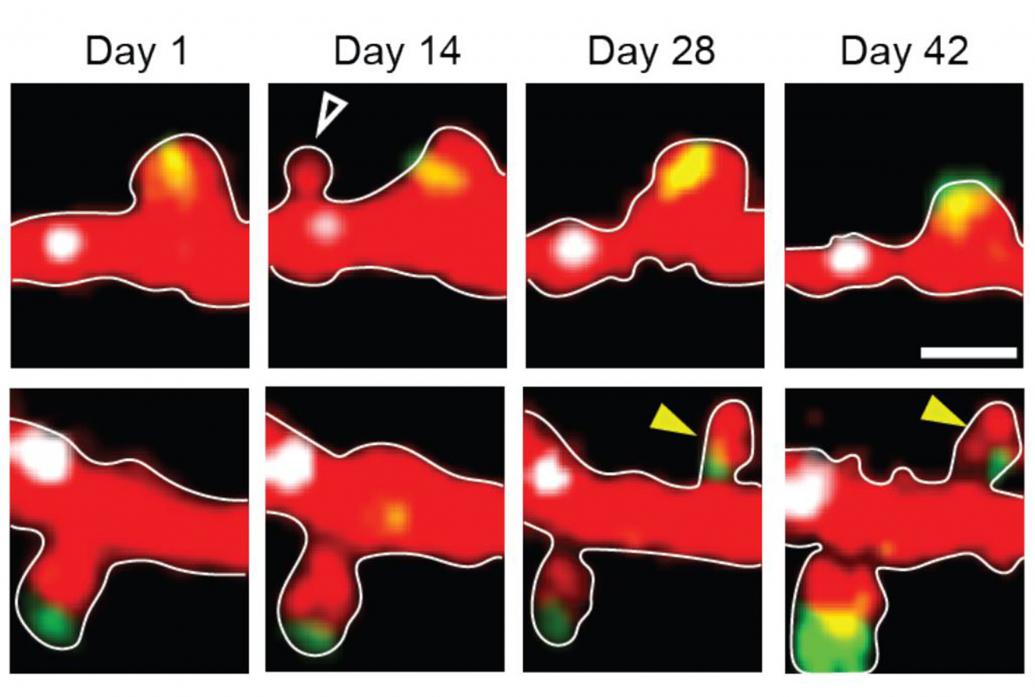
From development through adulthood the brain’s neurons constantly edit their circuit connections, allowing us to adapt to and learn from experience. This “plasticity” requires not only the flexibility to remove or add contacts, but also the means to strengthen and solidify connections that prove useful for responding to enduring patterns of activity. Elly Nedivi discovered and then characterized a protein that does exactly that. CPG15, also called “neuritin,” plays diverse roles around the body, but over decades of work her lab has found that these include promoting neural survival and growth and acting as the agent of experience in cementing valuable circuit connections.
Nedivi first identified CPG15, or “neuritin,” as a postdoc in the 1990s in screens she conducted to identify gene products with consequential roles in activity-dependent neural plasticity. In several papers since, she has discovered several ways that it proves vital. In 2005, for example, the lab showed that CPG15 expressed during development protected neural progenitor cells in the cortex from dying. In 2011 the team went on to discover that it played a critical role in the development of axon and dendrite projections and in stabilizing neural circuit connections, or synapses.
Above: Top row: A dendritic spine comes and goes around Day 14. Bottom row, a spine becomes permanent after about four weeks.
A 2019 paper led by postdoc Jai Subramanian revealed that CPG15 helps to make excitatory synapses permanent by physically embodying experience in the brain. Her lab exposed normal mice and others lacking CPG15 to stretches of time in the light, when they could gain visual experience, and the dark, where there was no visual experience. Using special microscopes to watch fledgling synapses come and go in response, they could compare protein levels in those synapses in normal mice and the ones without CPG15. They found that CPG15 helped experience make synapses stick around because in synapses responding to activity, it recruits a structural protein called PSD95 to solidify them. In fact, artificially expressing it in synapses when mice were in the dark caused synapse stabilization just as if there were visual activity. Removing CPG15 prevented stabilization, even in the light. CPG15’s discovered action explained a finding of the 2011 paper: CPG15-lacking mice don’t learn well. It turns out to be because they lack the mechanism CPG15 provides for experience and activity to stabilize their circuit connections.

